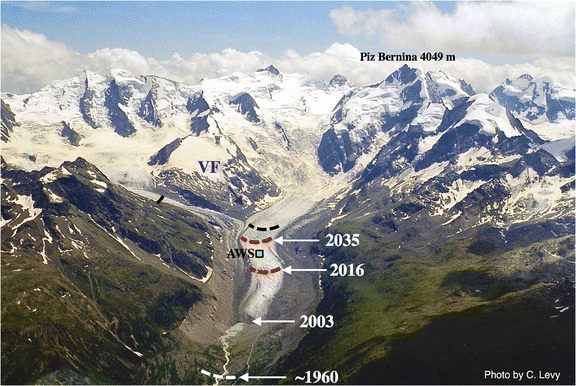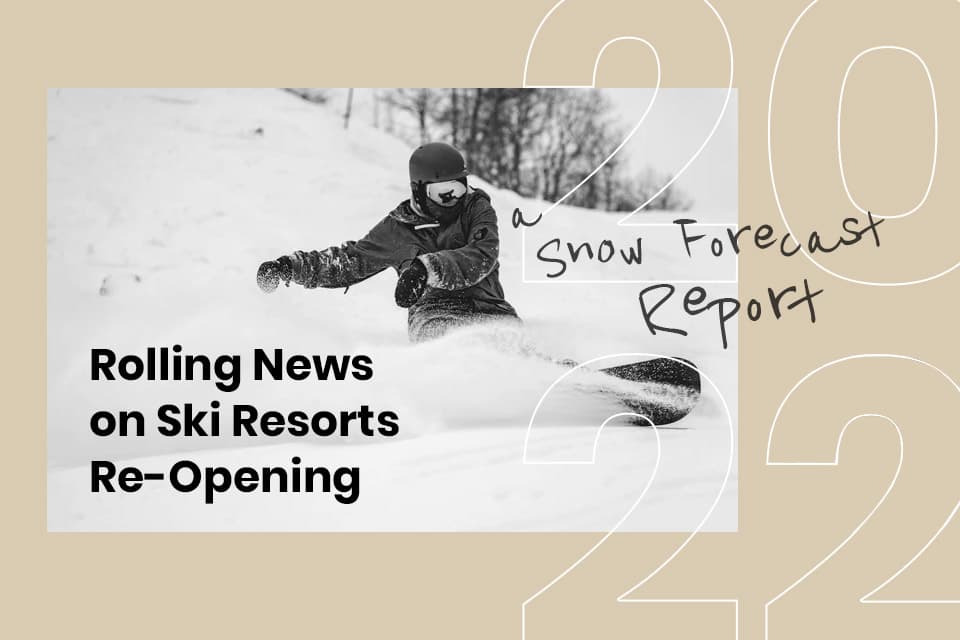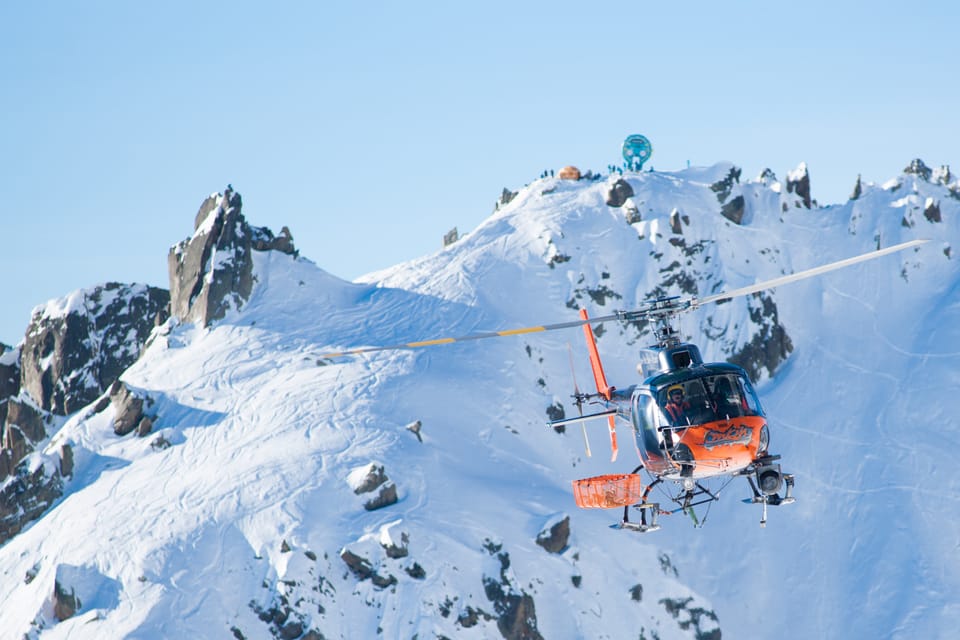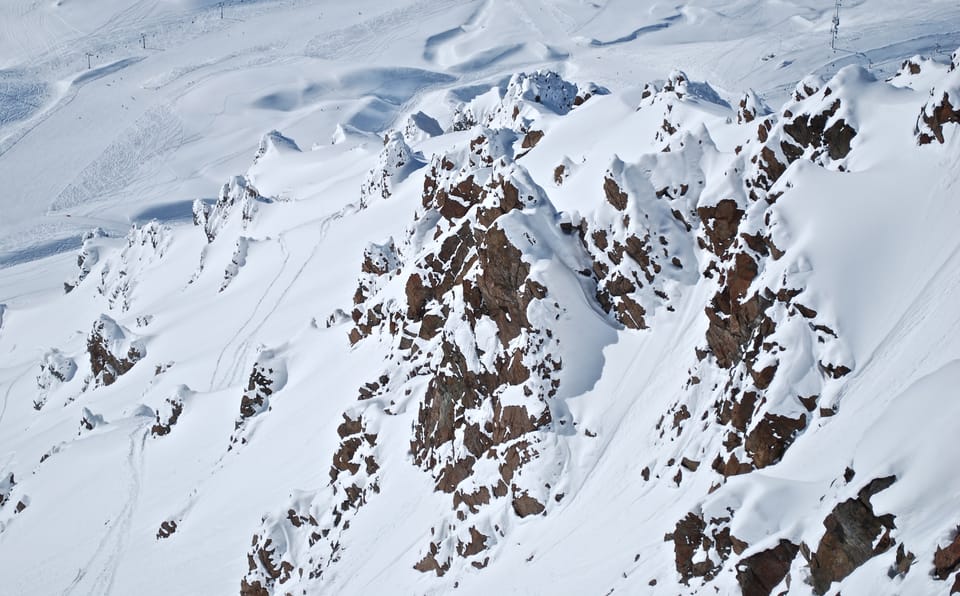Snowmaking Can Slow But Not Stop Glacier Melt
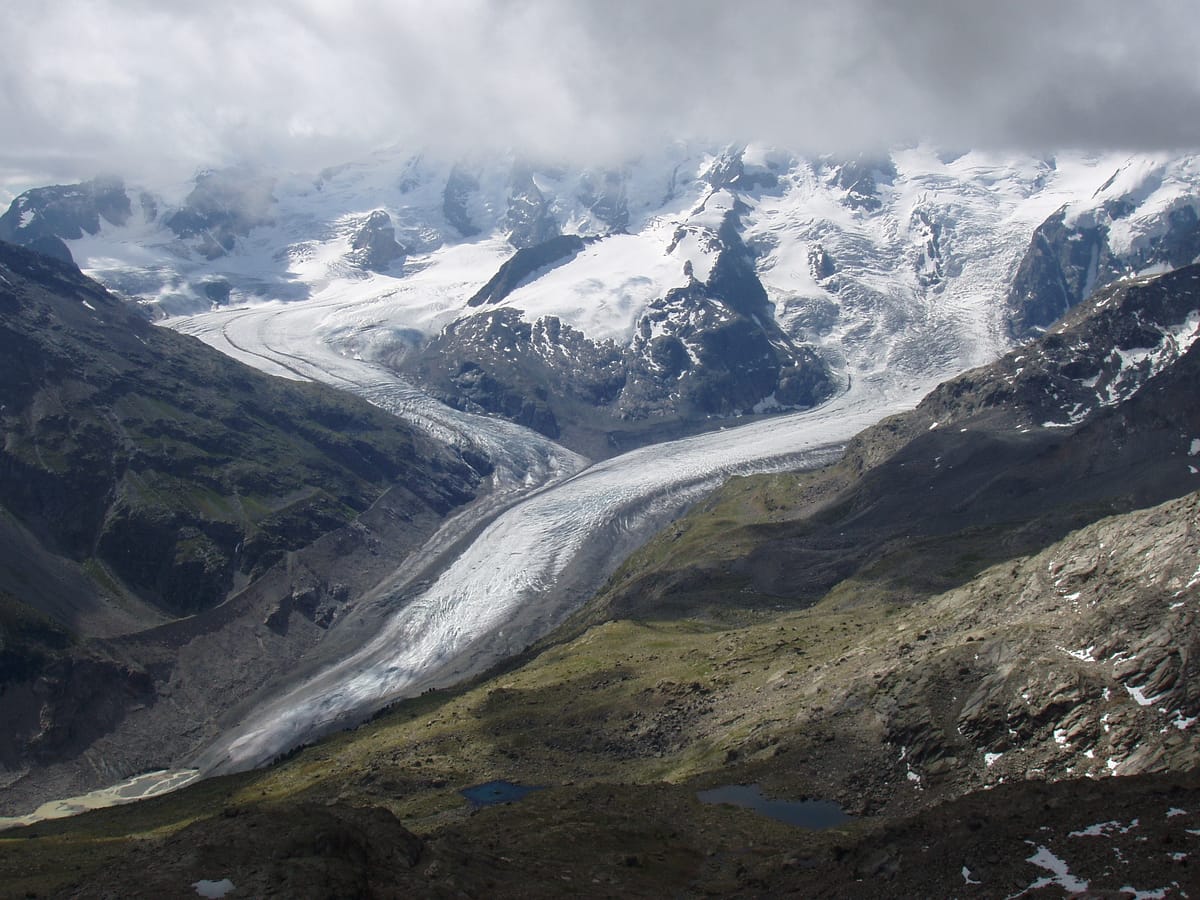
One idea being tested on several glaciers around the world in recent years has been to use snowmaking to create a layer of artificial snow in an effort to stop melting and even rebuild glaciers.
However results of a study into using snowmaking on the Morteratsch glacier which has been running for two years in south-eastern Switzerland have found that while the process can slow melting, it does not stop it, nor does it stabilise the thawing glacier as a whole.
In recent years glacial ice has more and more often been exposed to the direct heat of the summer sun as the ‘protective layer’ of winter snow is quickly melted off the ice during the spring. The darker ice soaks up the heat faster than the reflective snow, in a vicious cycle of ever faster thawing. The idea of the study was to create snow to artificially protect the glacial ice and keep reflecting back the sun’s rays.
The study found that the glacier, which is expected to lose between half and threequarters of its mass by the 2060s, could see the rate of thaw slow if a $164m+ (US) snowmaking system was installed, but it would only slow the thaw a little.
“If we really want to save the glaciers, we had better start with climate protection,” said report author Matthias Huss, a glaciologist at the Federal Institute of Technology in Zurich.
Whistler in Canada is among the ski areas experimenting with glacier snowmaking. Last summer the Hintertux glacier in Austria’s Tirol was the only one that managed to maintain its year round ski operation as it makes snow on its glacier ice.
